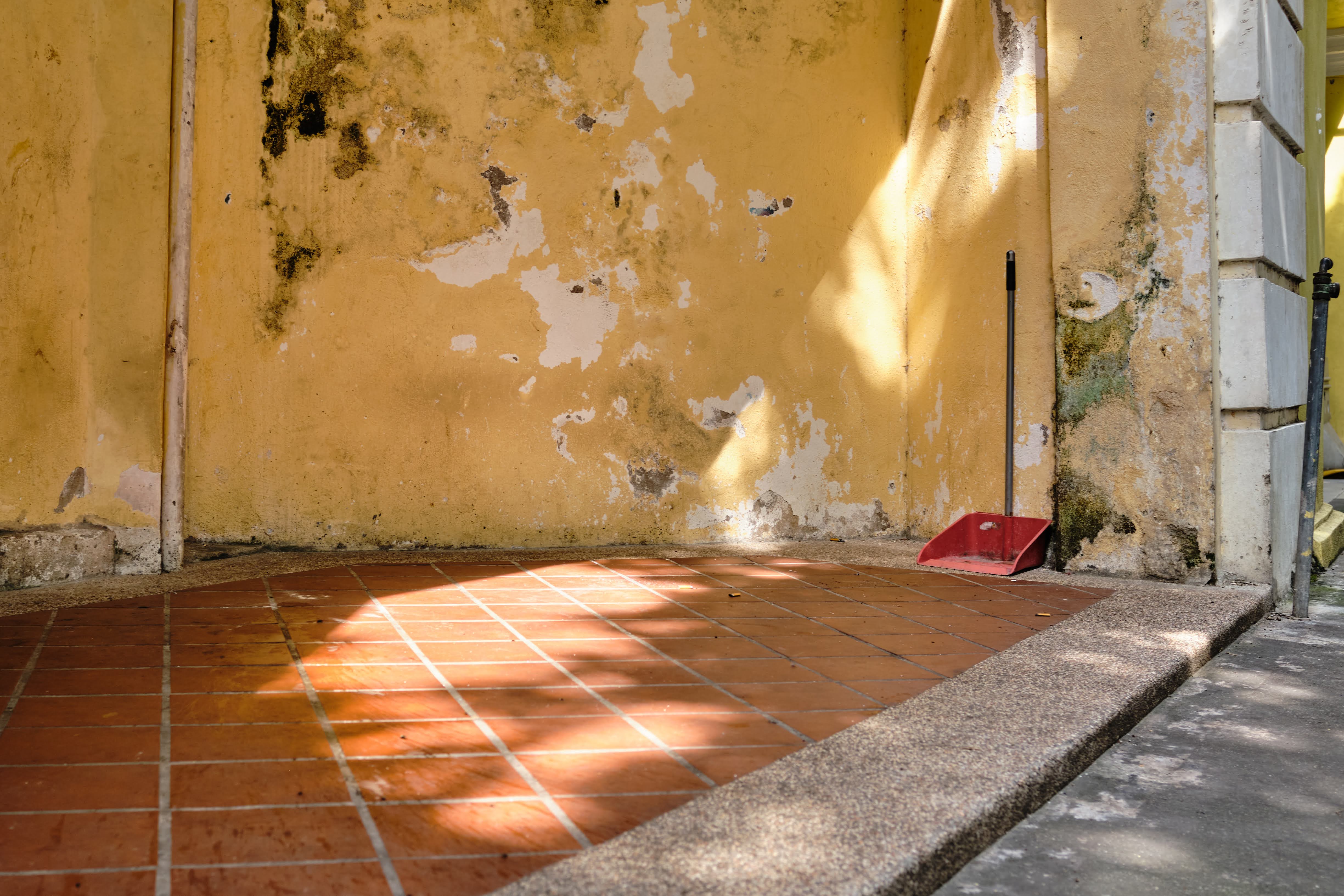I always believe in minimalism when it comes to my shutter therapy sessions. When I shoot on the street, I want to keep things as simple and as straightforward as possible, and I find a lot of new photographers struggle with this. I am sharing a few tips on how to shoot more effectively on the street and I think minimalism is the way to go. I have also done a POV street video showing you what's happening around and in front of me before I click the shutter button. This time I went to Petaling Street, Kuala Lumpur with my friends Jon Low and Andrew Chow and I was shooting with the Fujifilm X100F. POV video here (click).
It is important to carry a small camera when shooting on the street. Smaller cameras will give you a few advantages - you appear less intimidating to the people around you. Whether you want to do candid shots, trying to be the invisible photographer and shooting the scene as is without interrupting or you want to do direct contact, taking portraits of strangers like what I normally do, a smaller camera is a better option. Instead of appearing threatening with a huge black monstrous DSLR, a smaller camera is a friendlier option and strangers will respond kinder, as they are less spooked by the appearance of something too serious. Also, if you shoot all day a smaller camera is easier to work with, causing less stress, strain and pain to any parts of your body. I have heard horror stories of photographers who suffer from all kinds of injuries handling their DSLR/heavy gear including something very serious like slipped disc or wrist injuries. A smaller camera can effectively prevent that, and it is more enjoyable to use to.
I believe in shooting with a singular focal length for street photography. I see some photographers carrying a huge backpack, containing 6 lenses and 2 camera bodies. They carry as much as possible, for the "what if" scenario. 70-200mm, an ultra wide, a macro lens, any possible lens. This can create a problem, if you do or do not use them. If you don't use them, why bring the extra baggage which will slow you down? If you do use them, then switching between lenses will also cause other problems. Stick to one lens so you are not distracted by the options of having other focal lengths. Work with what you are using, whatever lens it is, 28mm, 35mm, 50mm, it does not matter. Remember you cannot, and should not shoot everything, choose your images wisely and focus on subjects that matter. Working with one lens allows you to focus better and get better shots that the lens can capture.
Overthinking is another problem I noticed in many new photographers. There are too many factors to consider before clicking the shutter button - composition, lighting, camera settings, oh camera settings the shutter speed, ISO, aperture, metering, etc. It is too easy to get into analysis paralysis and I highly suggest simplifying things. Just find one particular objective for the image that you are shooting, just one. If you want to isolate the portrait from the background then focus on achieving that, don't worry about anything else. If you want to create intentional motion blur, then work toward getting that effect and don't think too much.
In order to worry less it is also important to delegate some camera settings to the camera - these days cameras are so smart they can take care of the majority of work for us. I always use Aperture Priority or Shutter Priority so I only have to think about one parameter. I set the ISO to auto. Let the camera do the work for you. Shooting full manual can be beneficial in some situations, but not on the street - lighting keeps changing, you need to move quick and a lot of things can happen in a blink of an eye, responding to each changing scenes while shooting manual is just too much work. Instead of worrying about the optimal F-number, ISO or shutter speed, leave them to the camera as much as possible and focus your energy to what truly matters - the heart of the image. What is the story you are trying to tell? How do you convey the idea, message or emotion through your image? How about the composition and lighting? Pay attention to the decisive moment! These are the things that the camera cannot do for you and you the photographer need to pay more attention to as they can make or break your shot. For everything else on camera settings, your camera won't fail you.
Lastly, do not over-edit your images! This is the biggest sin of all, trying to manipulate the images too much to compensate for the lack of "oomph" in the original photograph. If your street photograph is good enough you don't need to edit much at all. I am not against post-processing, I think it is integral to digital photography workflow. But sliding the saturation bar all the way and having that painterly HDR look won't make your images any better. Also, turning everything black and white won't salvage your images either if they are not strong to begin with. I practice minimal post-editing because I believe street photography is a representation of real life, a type of documentary and it should not have too much manipulation done!
Let me know if you agree with the minimalism approach to street photography
Please support me & keep this site going:



























